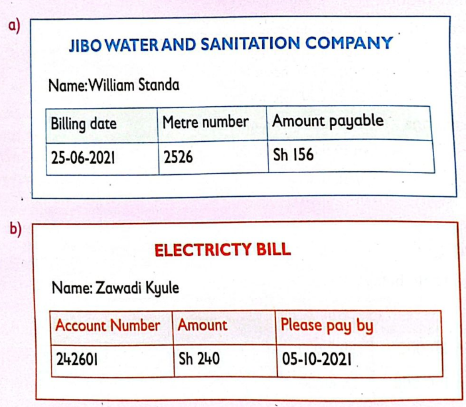\({\color{blue}\text{Method 1}}\)
The dress was bought for
\(sh. \, 1\,500\)
Making a loss interms of percentage as
\(25\%\text{.}\)
Therefore we can obtain loss as,
\begin{align*}
Loss=\amp \frac{25}{100} \times sh. \, 1\, 500 \\
=\amp {\color{blue} sh.\, 375}
\end{align*}
Therefore selling price can be obtained having gotten the loss as
\(sh.\, 375\)
\begin{align*}
\text{Selling price}=\amp \text{Buying price }-\text{Loss}\\
=\amp sh. \, 1\, 500 - sh.\, 375\\
=\amp sh. \, 1\,125
\end{align*}
\({\color{blue}\text{Method 2}}\)
\begin{align*}
\text{Buying price}(100\%)= \amp sh. \, 1\, 500 \\
\text{Percentage loss}=\amp 25\%\\
\text{Selling price}(in\, \%)=\amp 100\%-25\% \\
=\amp 75\% \\
\text{Selling price}=\amp \frac{75}{100} \times sh. \, 1\, 500 \\
=\amp sh. \, 1\,125
\end{align*}
The selling price of the dress was
\({\color{green} sh.\, 1\,125}\)



